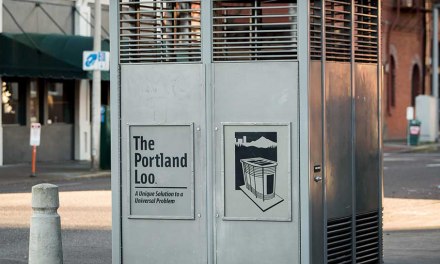Most of us are familiar with the term hot spot in the context of wildfire management, where it’s used to describe an area that is giving off an unusually large amount of heat, indicating a fire. In our field, it’s sometimes used to refer to a community or institution that finds itself burdened with especially high rates of drug use– and nowadays, the overdose fatalities that go with it.
A recent article examined prevention efforts at one public high school in Orange County (CA) in response to an influx of pills containing fentanyl. Several students at that one school have died in recent years — often new, inexperienced users, rather than those with histories of abuse.
Here’s the link: They died because they tried it once’: a US high school was ravaged by fentanyl – and came back from the brink
A few things in particular got my attention:
- “Since January 2024 alone, a California drug taskforce has seized almost 4,638 lbs of fentanyl powder and more than 8.8m fentanyl-laced pills.” In less than nine months? That seems insane.
- Some of the victims had purchased what they believed to be common meds (Adderall, Xanax, Percocet), including on sites like Snapchat and Instagram. That does suggest to me that an aggressive prevention effort on *social media* might have more impact than traditional programs alone.
The school’s response I found refreshingly open-minded. For one thing, they brought a counselor into the institution itself, gave him an office where he could work with students on a continuing basis, becoming an integral part of school life. In this instance, he’s in recovery himself. He sometimes takes kids to recovery meetings, introduces them to recovering mentors, and even offers classes for parents on how best to deal with drug use, both from a prevention and a treatment standpoint.
After all, as one expert told me, “working with kids IS working with the parents.”
Something else from the article: “One teenager (who died) was a popular and ambitious cheerleader in her junior year; another was a freshman football player.”
I’m sure this surprises people, but it shouldn’t. Taking drugs is a risky behavior, and by now, every student is aware of that. Because experimenting with various drugs may require a higher-than-average degree of personal confidence, kids at the upper end of the scale of social success tend to have more of that. They’re more willing to experiment, to risk consequences.
I think if I were tasked with putting together a prevention program for a school that was already showing signs of becoming a ‘hot spot’ for drug use, I might well model it on the one in this article, and others of that type.
Make it a continuing effort, using strategies based in evidence, and harnessing the power of human interaction– instead of relying on a burst of anti-drug education, however intense.
That interaction would be in the form of counseling and support.
And I’d do my best to get the parents involved. too.













